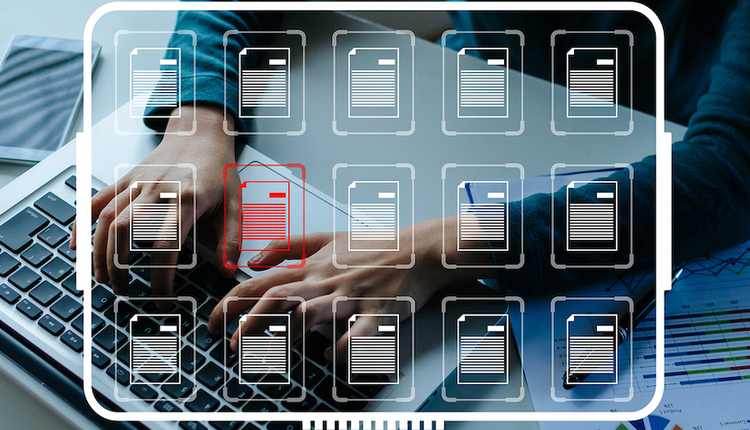
Image by: Ridofranz, ©2016 Getty Images
There are an ever-expanding number of ways to pay your bills. On a personal level, most of us attempt to use our credit cards (either to get cash back or earn points) or pay via online banking (to speedily pay bills and save the cost of postage). Of course, debit cards are also very popular for their convenience, but what about for company payments?
Paying bills at a corporate level is much more complex. Receiving, tracking, approving, and paying bills can be time-consuming and prone to error.
For smaller amounts, many companies tend to provide employees with corporate cards. Corporate cards are nice because they are often in the employee’s name, with the individual cardholder responsible for all charges. If the employee does not make payments, the corporation is ultimately responsible for the charges.
In-house payable departments will often use purchasing cards (P-Cards) to pay smaller amounts rather than dealing with a purchase order. P-Cards are virtual (ghost cards), with no physical card issued. The P-Card frees up accounts payable (AP) personnel time and can be restricted by merchant codes. For example, a company can prevent a P-Card from being used for things like gas, meals, etc. With the P-Card, the company earns bonus points and the float, while for corporate cards, the employee sees these benefits.
Paying for larger transactions
In a perfect world, all transactions would be paid for and reconciled using Automated Clearing House (ACH) and electronic funds transfer (EFT). However, because ACH and EFT take some effort to set up, they are only typically used for very high-value and/or high-volume relationships. Even with most ACH transactions, there is still an accompanying email with payment details, which must then be used to properly apply the payment. Yet, even with all of these options, companies pay many of their bills by check.
For those businesses receiving the payment, checks are costly in many ways: First, there is the time delay for the check to arrive in the mail. Then there is the cost to process and apply the payment to the right account, and of course, there are the lockbox fees.
When businesses are paying their own bills, they now have a new choice: AP Cards.
What is an AP Card?
AP Cards have been around for about 10 years. Like a P-Card, there is no physical card. The AP “virtual" Card is uniquely created to support each payment for a specific dollar amount. The vendor receives an email containing a secure link to the unique card number and includes the remittance information for the invoice(s) being paid.
Accounts payable departments like to utilize AP Card payments because they can earn money back and continue to send one payment file to their payment processing company, including ACH, checks, and AP Cards.
Setting up an AP Card relationship between the vendor and the company is simple. Why? Because all of the work is done by the bank. The bank secures the vendor's approval to accept AP Cards, removing the burden from the purchasing company. Because AP Cards use a one-time code for each transaction that cannot be reused, they are totally safe and secure.
Why do chief financial officers (CFOs) of the paying company want to use an AP Card? They:
- Earn money back to help pay for an automated AP workflow solution
- Reduce outgoing check volume
- Pay bills the way their vendors want to receive payments
- Are more secure than credit and debit cards
- Are paid faster
- Reduce incoming check volume
- Simplify the reconciliation process against open invoices
Richard Rosen is the Chief Executive Officer of The RH Rosen Group. The RH Rosen Group works with clients to reduce costs and improve cash flow through paper reduction and process improvements. Contact him at RichR@RHRosenGroup.com.















